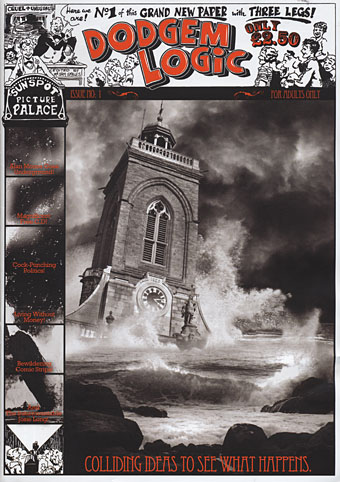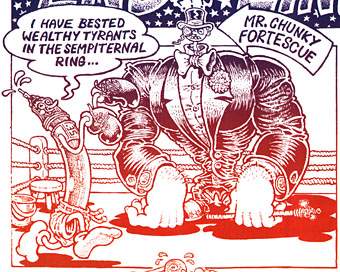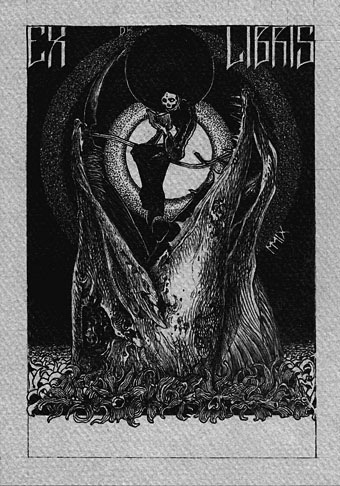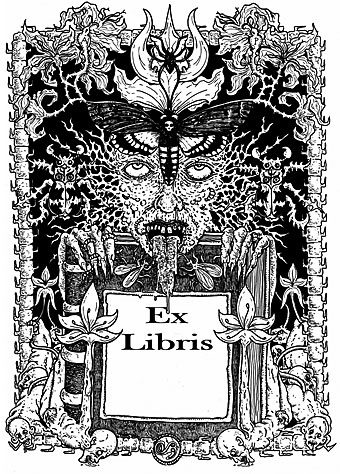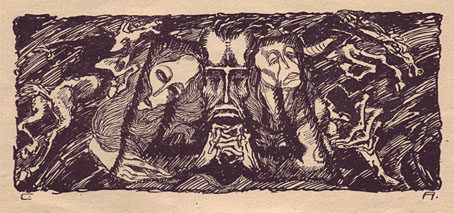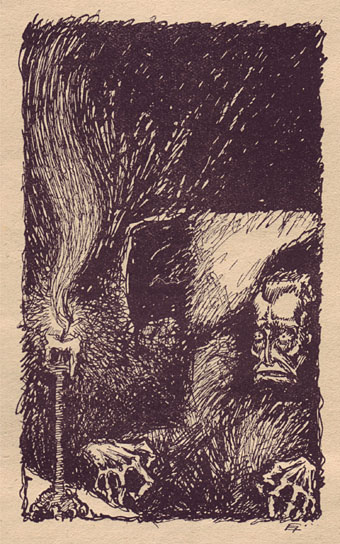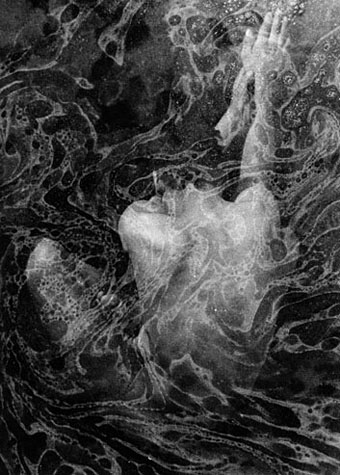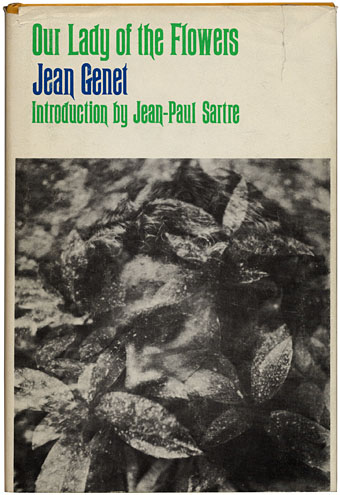You need this, boys and girls, yes you do. Dodgem Logic is the first worthwhile independent culture mag this country has produced since the sorely-missed Strange Things Are Happening. Perhaps significantly, both those titles featured Mr Alan Moore, being interviewed in Strange Things and presiding over the new title as resident magus and eminence gris-gris.
“…we’ve tried to resurrect a spirit of the 60s underground papers, but without the look or ambience or some of the oversights. There were a lot of very good ideas that emerged from the 60s underground. It was the first place I heard about women’s liberation – as we used to call it then – or gay liberation. They were fanatically anti-war. Many of their most extreme political statements, such as the fact that sometimes the police kill people, or that sometimes we make deals with dictators and criminal governments that we keep quiet about – these things are pretty much standard stuff of conversation these days and not reserved purely for bearded wild-eyed burbling radicals (chuckles).” (More.)
Among other delights, there’s a page of Alan’s where he returns to cartooning (below) with a paean to my favourite drawing pen, the Rotring Rapidograph, Melinda Gebbie writing on feminism, Kevin O’Neill with a WTF of cosmic proportions, and much more, including a smart feature on how to reclaim local land which the council won’t use. All this and a free CD! Who says we can’t have good things?
Update: I should have noted that Americans can order Dodgem Logic through Top Shelf.
Previously on { feuilleton }
• International Times archive
• The Realist
• Revenant volumes: Bob Haberfield, New Worlds and others
• Oz magazine, 1967-73
• Alan Moore interview, 1988
• Strange Things Are Happening, 1988-1990

